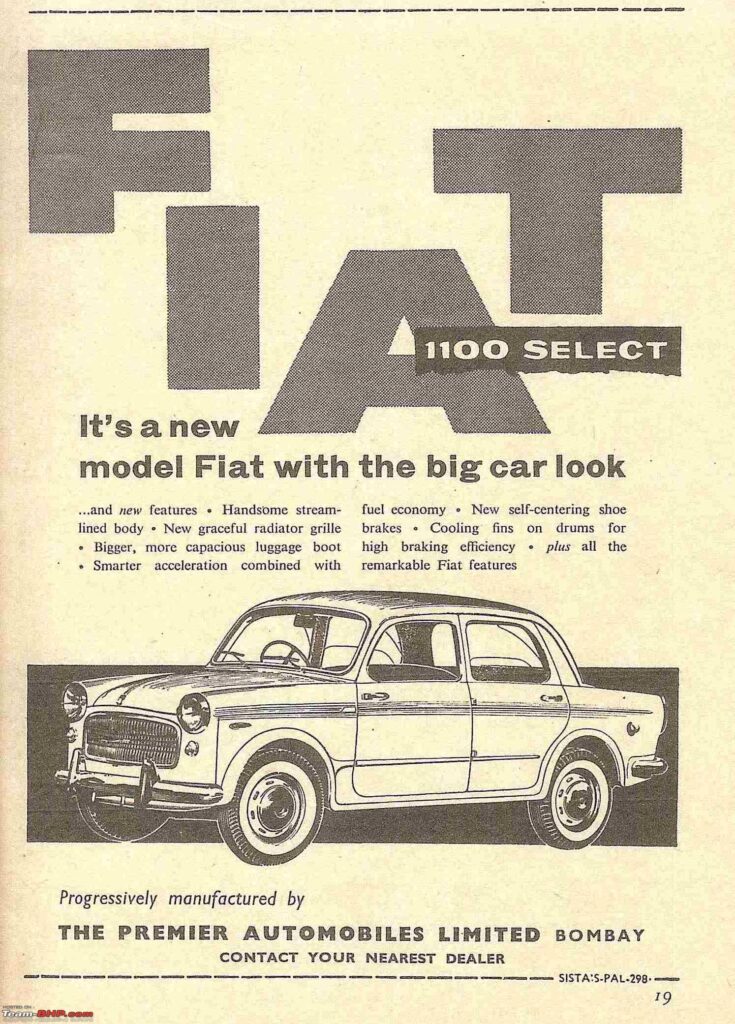
There was once a time when placing an ad in the newspaper would bring in a steady footfall to car dealerships.
But times have changed. The business of selling cars is no longer how it used to be.
These days, customers have started more active roles in the car buying process. No longer can smart-talking car salespeople run the show.
Studies have shown that roughly 8% of used car buyers rely on salespeople at dealerships to make purchase decisions, the other 92% are largely driven by the information they find online.
The Best of Both Worlds
Consumers in the COVID age are beginning to demand a “phygital retail” experience, because it blends the best elements of digital commerce and the unique “touch-and-feel” aspects of a physical store. This movement predates the pandemic. Over the past 5 years or so, the average number of dealership-visits a customer makes on the path to purchase has drastically fallen.
There’s a wealth of information available online. Because of all the customer reviews, YouTube review videos and comparison sites, dealerships are no longer the only source of intelligence in the automotive space.
But as they say, “some things never change”.
The ability to actually see, touch, smell and get a “feel” for a new car is still vital. After all, second to buying a house, a new car is one of the most expensive investments an average person will make in his/her lifetime. And much like when it comes to buying a house, not too many people are prepared to sign on a dotted line without seeing it first.
For example, even though Hyundai’s ‘Click to Buy’ services facilitates 100% online sales, the final registration process still needs physical interaction between the customer and sales executives.
This important fact alone means that whatever the future of car dealerships brings, it will have to involve a physical element.
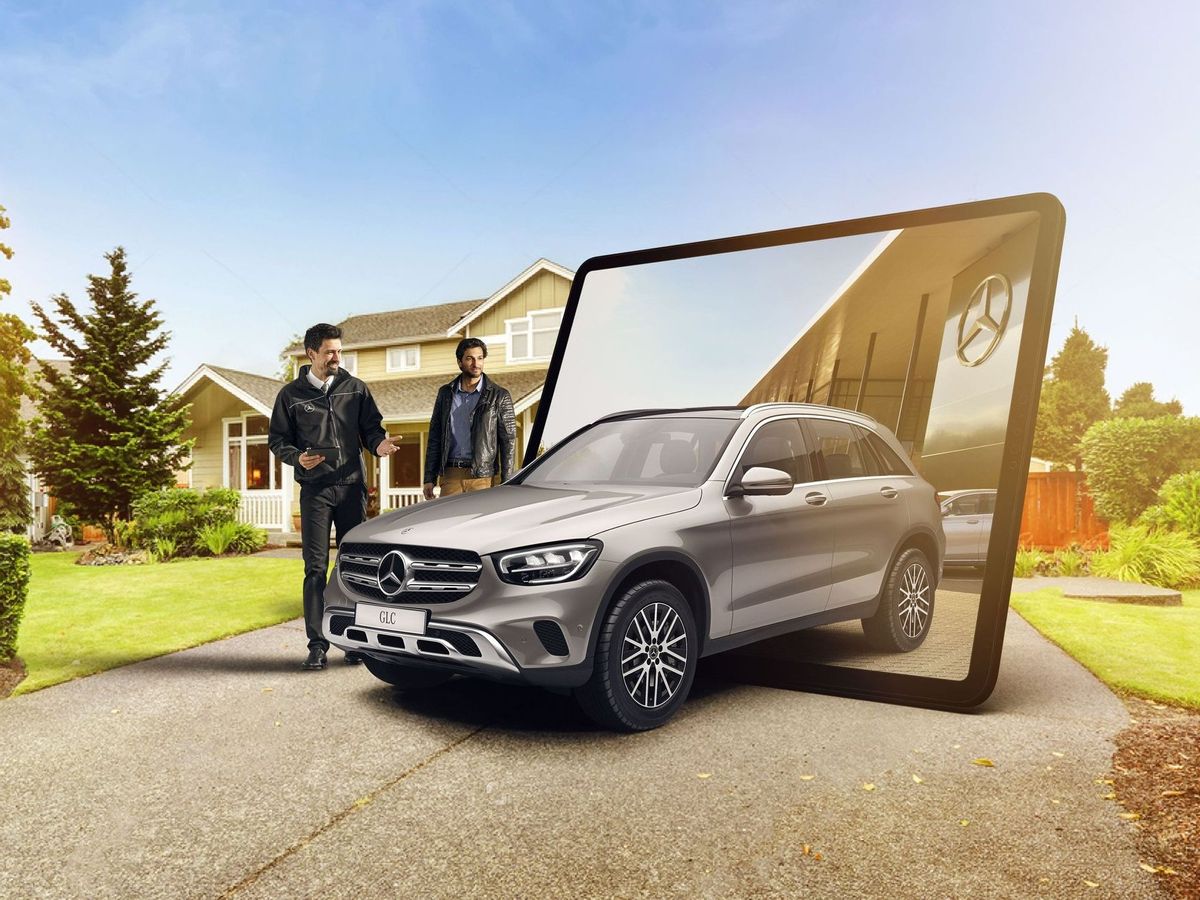
Optimizing Multiple Touch Points
J.D. Power research took a deeper look at the average customer journey. It revealed that the automotive path to purchase takes around 10 hours, spread over a 3-month period. The journey can generate as many as 120 digital touchpoints, shifting between online to offline channels at least four times.
Customers are increasingly expecting this shift among various channels. So, car manufactures and dealerships must work to integrate their online strategies to remain competitive.
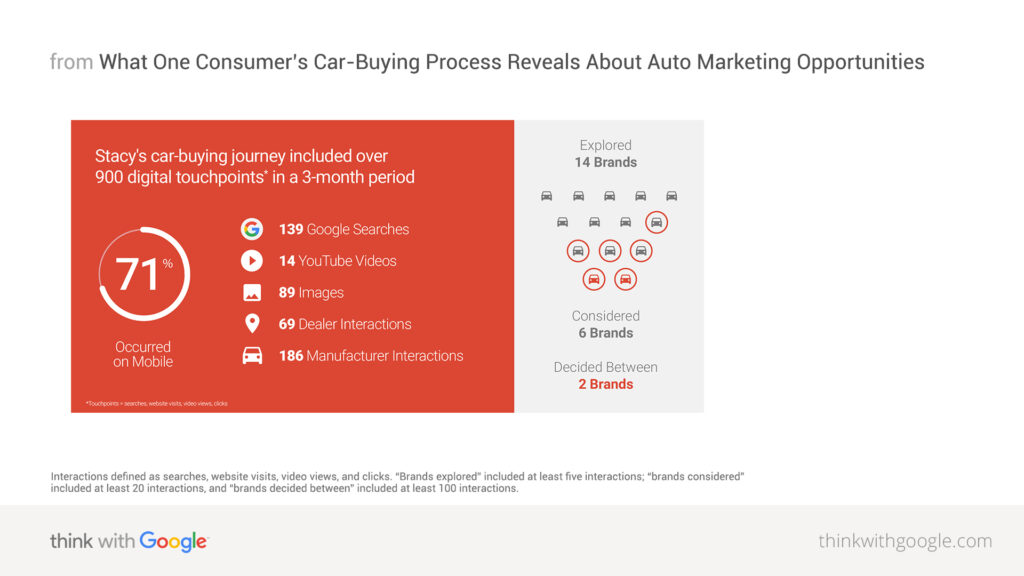
For example, Mercedes-Benz launched Digital Service Drive Next or “DSDNxt” which allows customers to pay at their own convenience. Small solutions like this aim to ensure that seamless ownership experience.

4 Considerations for Phygital
By now, you know that a phygital approach will involve updating your automotive company’s digital marketing strategies to guide consumers to your dealership.
Here’s our list of 4 crucial considerations to keep in mind:
1) Using Technology to Stand Out
Nowadays, brands are coming up with both high-tech and low-tech ways of transforming both the discovery and consideration stages of the sales funnel.
For example, BMW started using big data analytics to understand what turns a consumer into a potential customer and utilizes these insights to target that individual on his or her channel of choice at exactly the right moment.
Another U.S. luxury car brand Lincoln has invested in creating “experience centres”, which are futuristic. These reimagined dealerships offer customers much more than just a test drive. From live events to on-premise cafés and restaurants in areas that are convenient to reach – you get to know it all instantly.
Mercedes-Benz’s digital sales platform “Merc from Home” helps customers understand the actual size of a vehicle without having to see one physically.
The tool recreates a live-scale 3D model of the car in question in either the driveway or garage chosen by the customer and provides a real-world perspective.
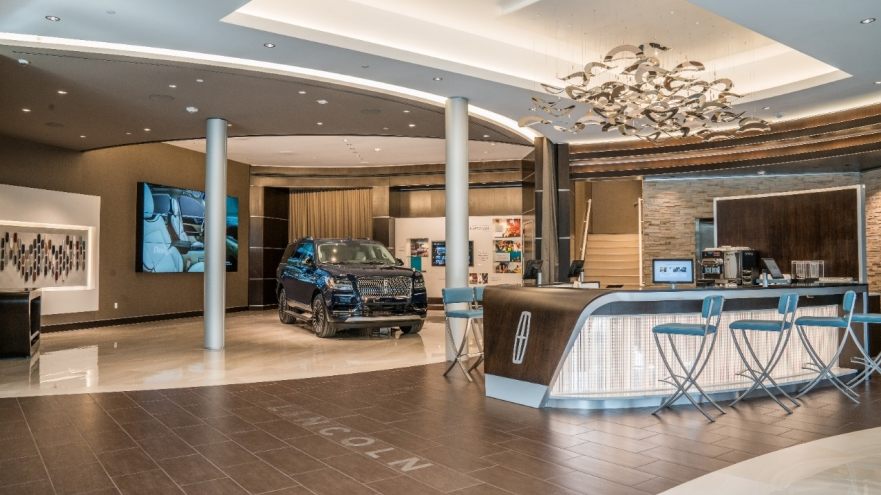
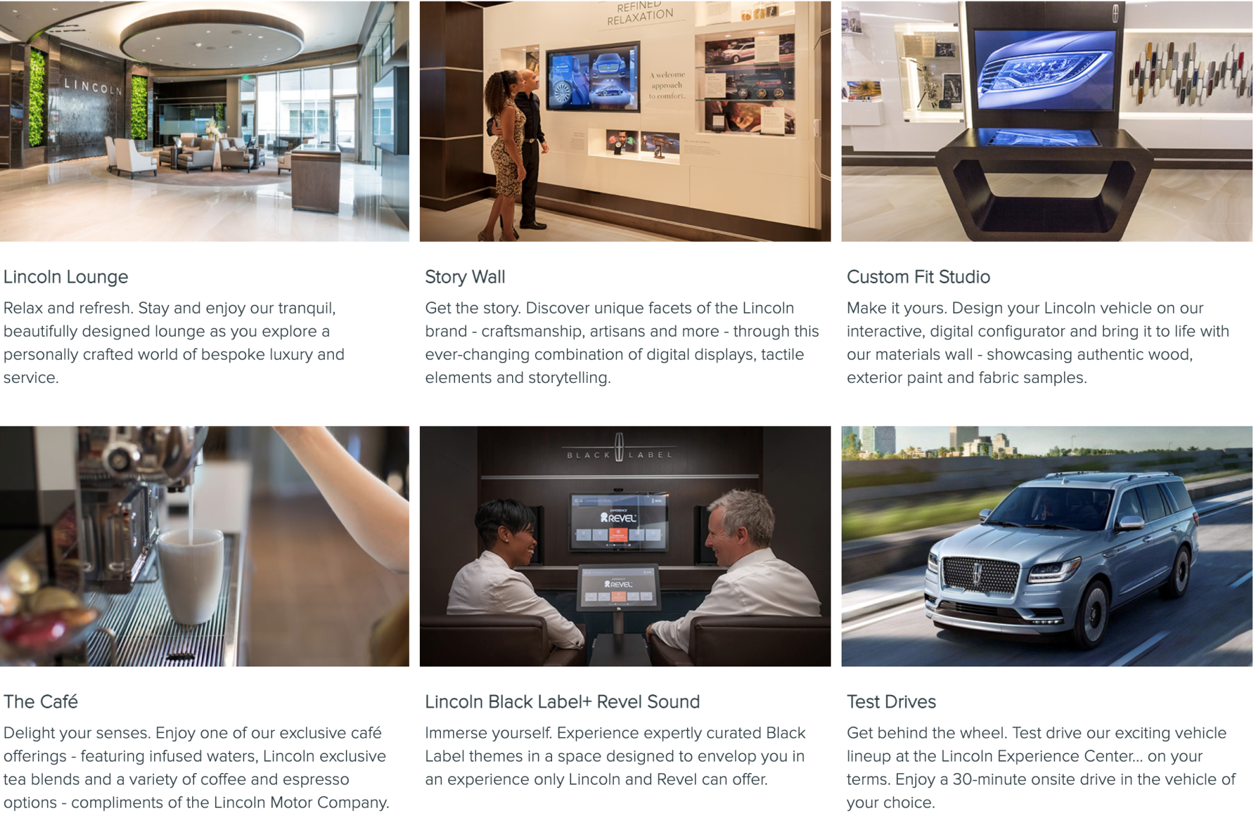
2) Building Excellent Customer Relationships
With the pandemic and the growing competition within the automotive industry, the evolving role of the car dealership in supporting and building the customer relationship has never been more important.
After a car’s purchase, it’s the dealership’s responsibility to keep in touch with the customer and meet their servicing, maintenance and aftermarket needs.
In fact, a considerable majority of a dealership’s revenues come from undertaking this kind of post-purchase maintenance.
Consider investing in the right technology to continue gathering crucial data and insights on your customers and make sure that you’re ready to serve their needs.
Once you get the customer experience right, the benefits will follow. For example, according to a study by Cox Automotive, 74% of consumers who had a positive experience with a particular dealership for servicing and maintenance said they’d come back to that dealership to buy their next car.
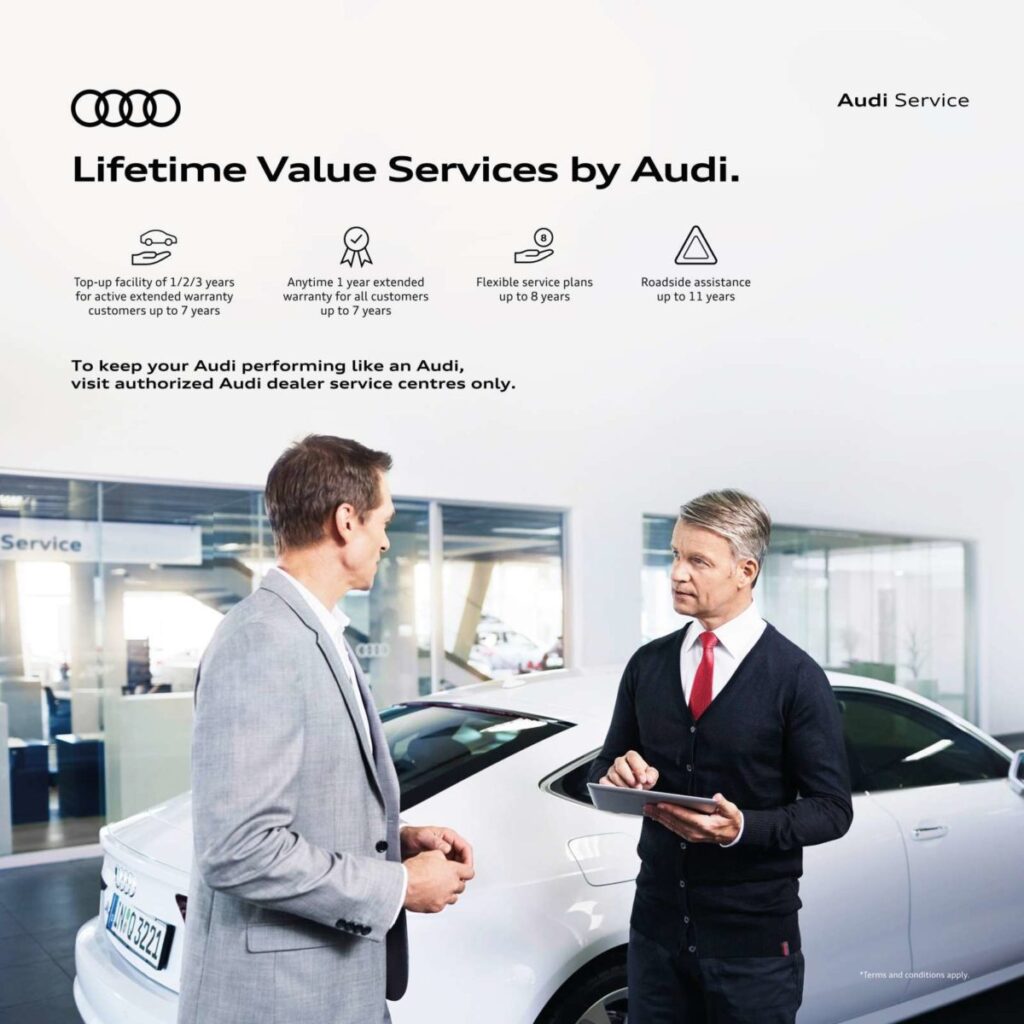
3) (Re)Training your Staff
Especially in the current environment of ups and downs, auto players need to strike a balance between impersonal technology with a personal and emotional touch to keep dealerships running smoothly.
This means that along with all the new technologies, your dealership will require a sales and service process upgrade. The expertise and know-how expected from sales and service staff is reaching higher levels of sophistication.
Customers often come armed with an array of questions about a car’s latest features or their connectivity to other devices, such as smartphones and tablets.
Increasingly, many dealerships like Mercedes-Benz, Ford and BMW are upgrading their retail landscapes by experimenting with new formats like training their sales teams or “product experts” to work on iPads when serving a customer for greater efficiency.
By implementing these changes, you demonstrate to your customers that you value the “personal touch” of the sales process, which forms the foundation for better brand representation and customer retention.
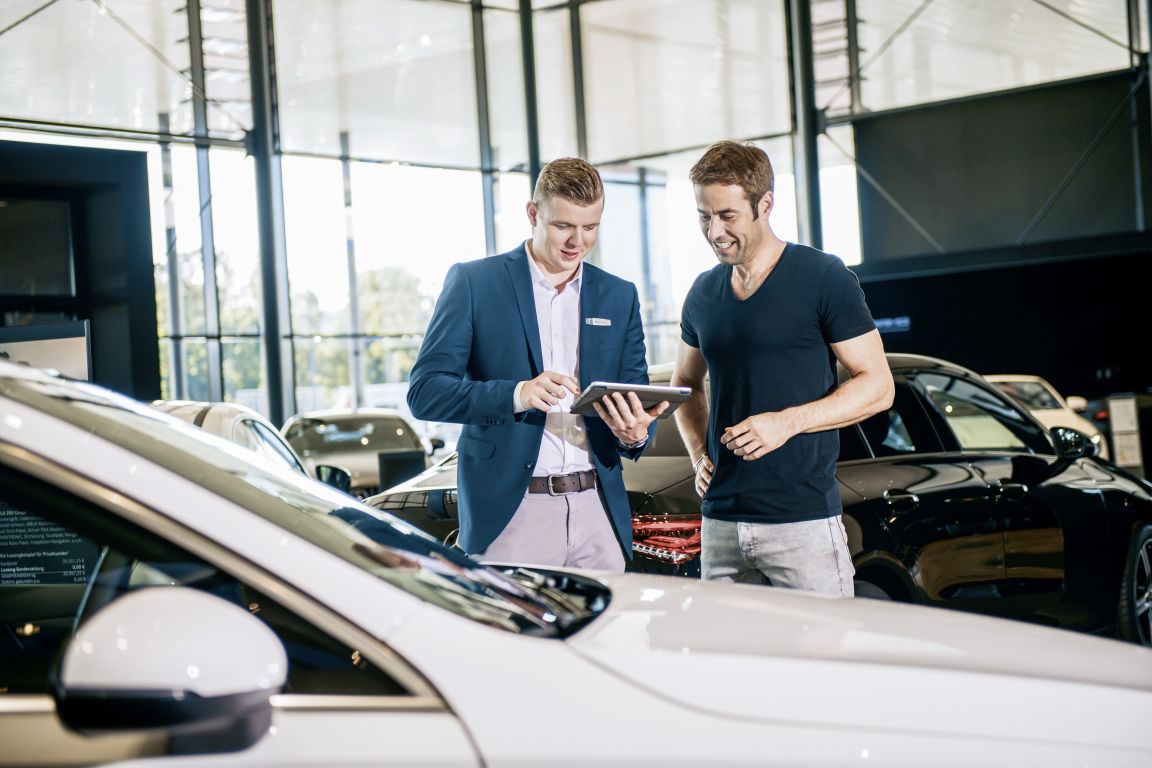
4) Addressing your Channel Strategy
Auto dealerships will need to make sure that not only are all interactions and touch points captured and shared but even more importantly, they need to be present on all the channels that their potential customers are already using.
For example, this could mean putting out paid ads on Google, a dedicated video channel on YouTube, sponsored stories on Facebook pages and other integrated digital campaigns. This strategy should be on top of offering customers access to a 24/7 help center or providing live chatbots on your website or via social channels to address any potential questions they may have.
If you’re looking to expand the reach of your latest digital campaign, Hindustan Times Media’s Digital news properties including hindustantimes.com, livehindustan.com and livemint.com, have their finger firmly on the collective pulse of India and bring in more than a 139 million unique visitors to our websites. Find out more about partnering with us here.
Ready to take your brand to the next level? Connect with us today to explore how HT Media can amplify your presence across our diverse portfolio of 25+ brands and properties. Let's turn your brand vision into reality!
















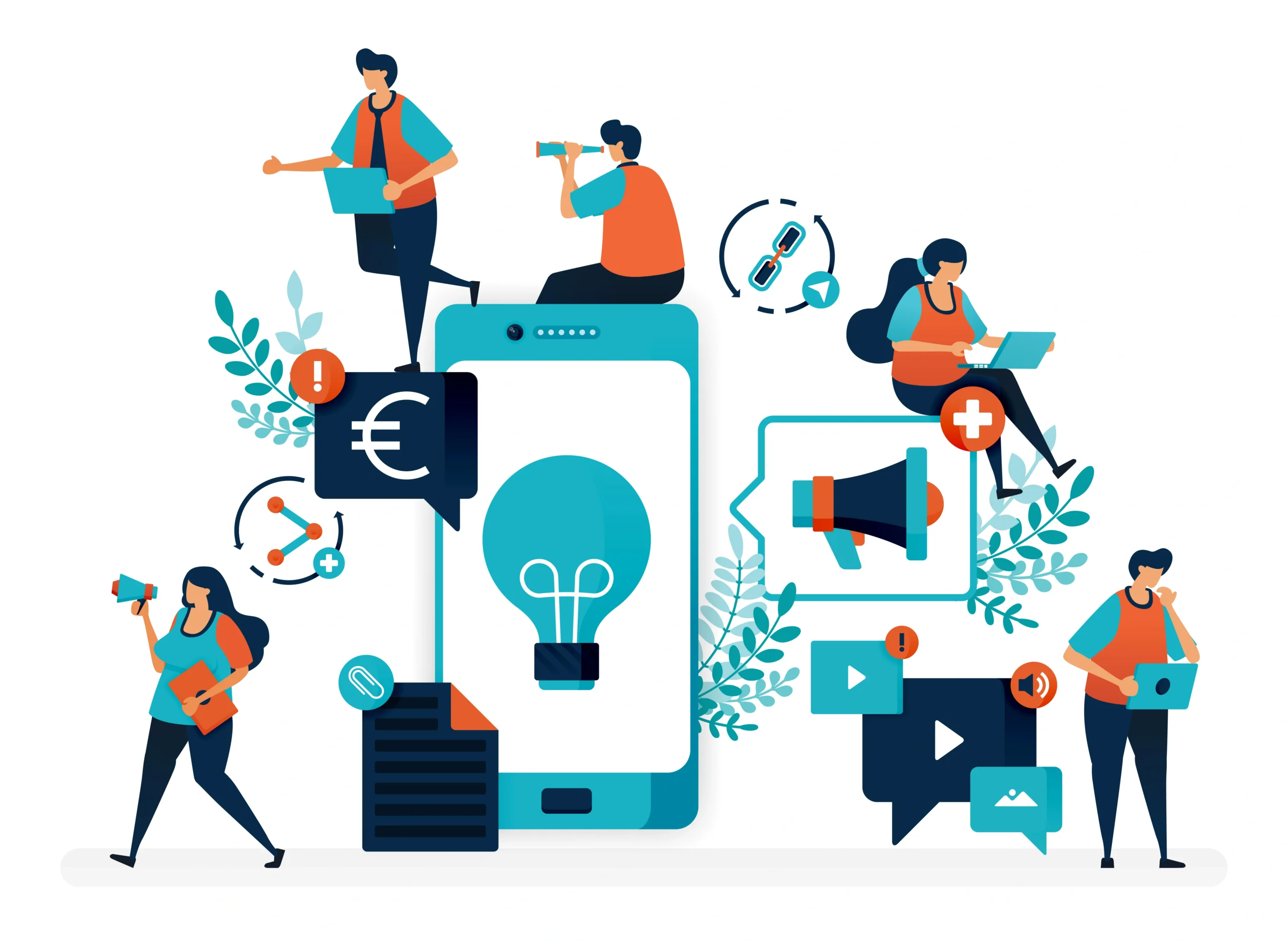

Comment